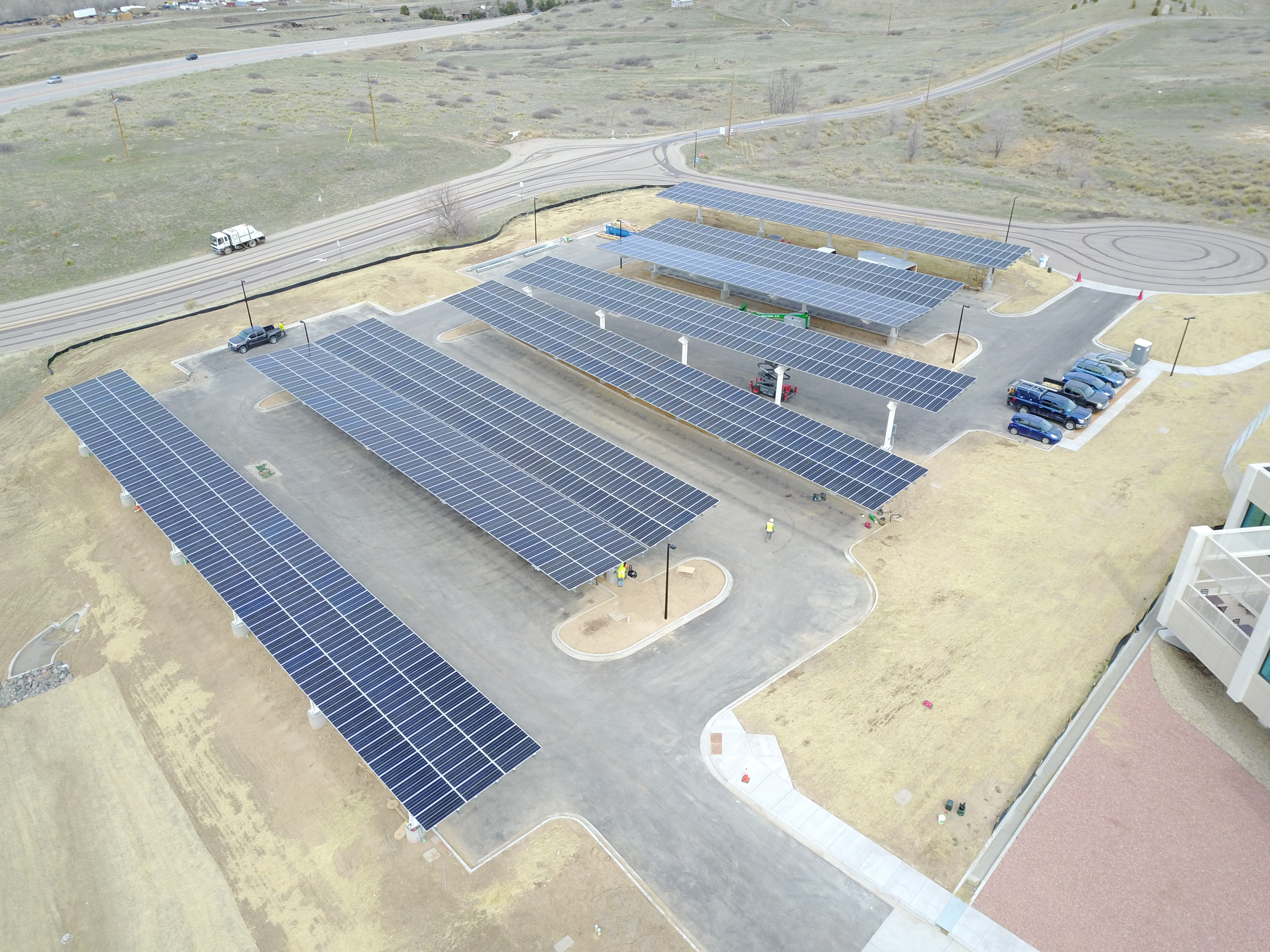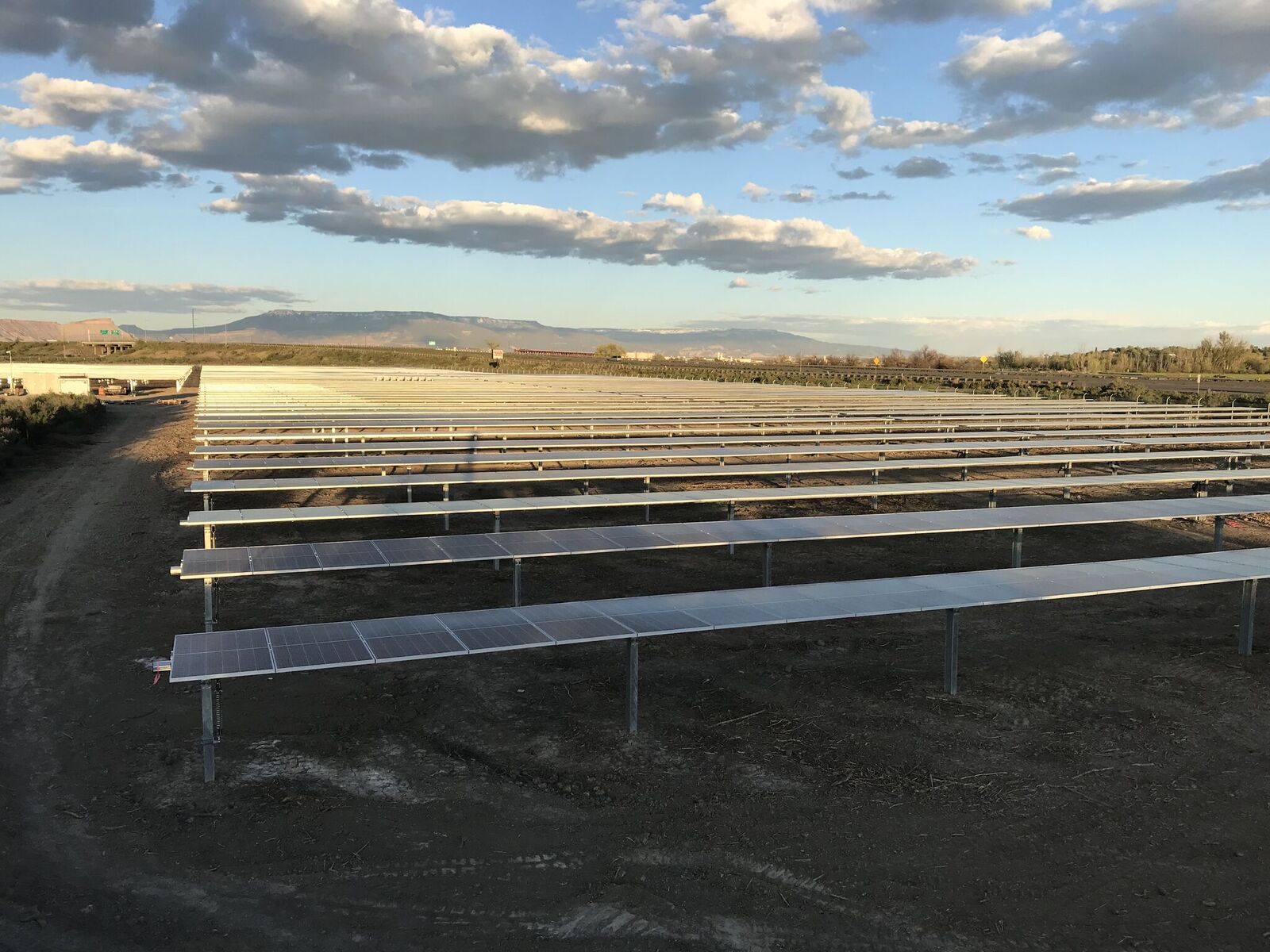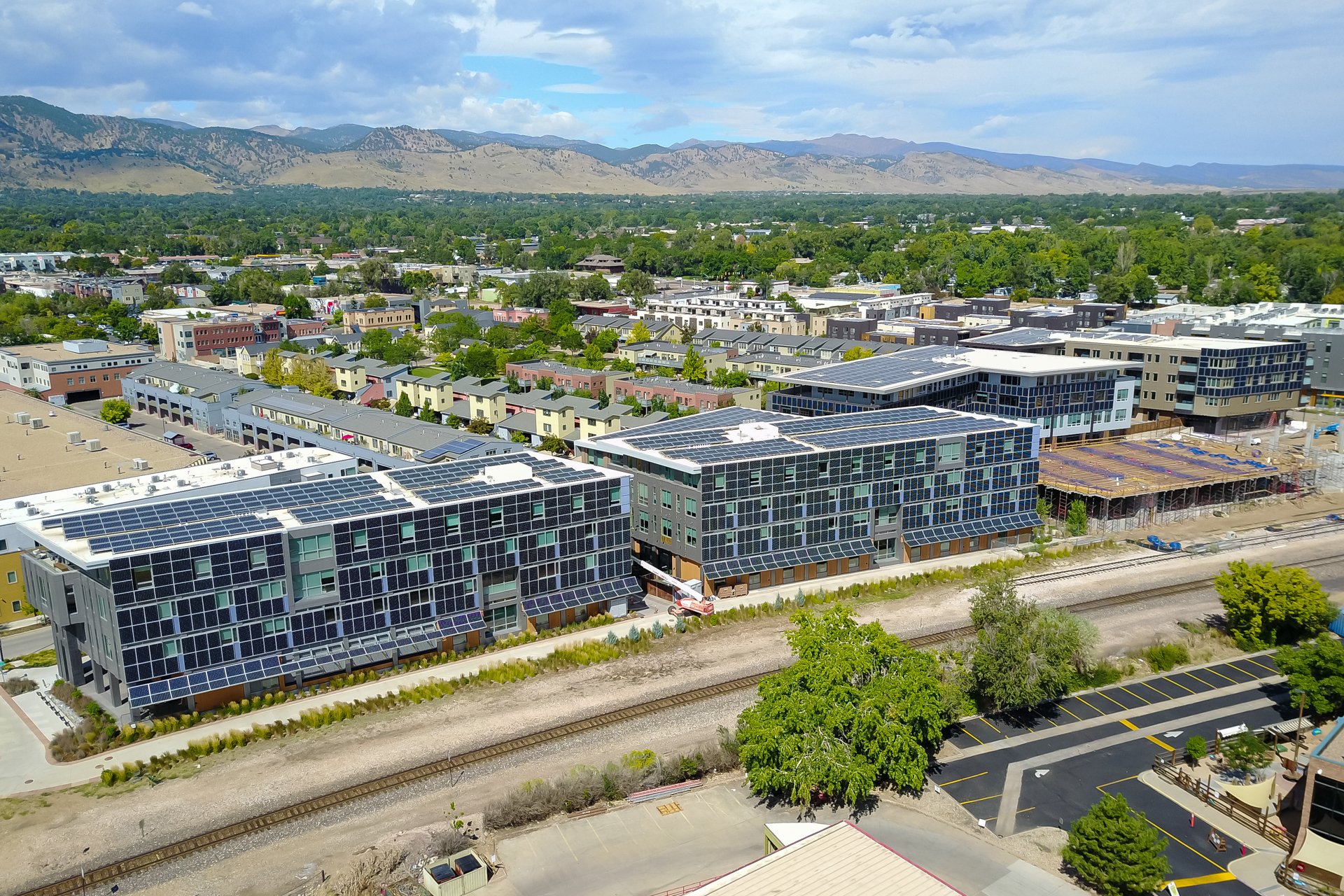The Hidden Advantages of Solar Carports
August 22, 2022

If you run an eco-conscious business, you’ve probably considered installing rooftop solar to reduce your facility’s carbon footprint and access long-term electricity savings. But did you know that you can unlock the same financial and environmental benefits by installing solar in your parking lot?
In the U.S alone, there are a mind-blowing 2 billion parking spaces, which translates to more than 5% of the country’s total land area. In fact, in denser urban areas like Los Angeles, more land area is used for parking spaces than housing. And while a parking lot appears to have already maxed out the land it’s built on, all of this space actually opens up a world of opportunity for businesses interested in going solar. How? By building a solar carport in the unused space above a parking lot. In this article, we will break down how a solar carport works, its benefits, and various financing options that can enable your business to maximize its solar investment.
What is a solar carport?
A solar carport is an overhead parking space canopy with solar panels affixed to the top of it. Since they are elevated structures (typically 14 feet or taller), solar carports enable business owners to install solar panels over otherwise occupied parking lots. Plus, they don’t require any new land for development. And whereas rooftop solar requires a building roof that is stable, strong, and fulfills a host of other requirements, solar carports can simply be constructed in most open parking lots.
What are the financial and environmental benefits?
A solar carport can offer a range of multidimensional benefits for any business with an open parking lot. First and foremost, carports are an incredible alternative for businesses that want to go solar but simply lack the infrastructure for a rooftop array. If your roof doesn’t have sufficient structural integrity, available space, or consistent sunlight, you can easily bypass these hurdles by going with a solar carport instead.
What’s more, your solar system doubles as a parking canopy that not only shelters the cars beneath it from rain and snow, but also keeps them protected from damaging sun on extremely hot days. This may seem small, but it improves the parking experience of your customers and employees alike.
From parking to press, your customers’ perceptions of your company can greatly impact your business. And as the impacts of climate change continue to become more apparent, businesses that take meaningful steps to reduce their carbon footprints are gaining a competitive advantage. In fact, eco-consciousness is such a driving force behind consumer behavior that close to 70% of consumers in North America think that it’s important for a brand to be sustainable or eco-friendly, and they would be willing to pay an average of 35% more for them.
While you’re investing in clean, renewable energy, why not put your business’s commitment to the environment on display, front and center in your parking lot? This way, you are likely to see greater customer engagement and therefore increased profits.
Combine clean electricity with EV charging and more
A solar carport is an on-site source of clean electricity that can directly power your business operations. This means that it helps your business progress on its carbon reduction targets and enables operational cost reductions and utility bill savings from day one. However, that’s not all you can do with your solar carport.
Some businesses choose to power electric vehicle (EV) charging stations with their solar carports, which adds convenience for existing employees and customers, attracts new visitors, and even encourages further EV adoption. That’s a win-win for everyone.
What if you produce more solar energy than your facility consumes? In certain areas, you can add an additional revenue stream by using your carport to participate in a utility net metering program. Net metering allows the solar owner to sell excess electricity back to the grid, which earns you credits on your electricity bill. With net metering, you are not only turning solar energy into money but also contributing to reduced electric grid stress by sharing your produced energy with your neighbors.
In Southern California, businesses with solar in Los Angeles Department of Water and Power (LADWP) territory can earn additional revenue through the utility’s Feed-in-Tariff (FiT) program. This program allows business owners to sell their electricity directly to LADWP at a fixed rate for up to 20 years. An especially attractive feature of the FiT program is that business owners can partner with a developer to cover the cost of the solar installation and, instead of selling the electricity themselves, benefit from regular lease payments from the developer. This is a low-risk way of participating in the FiT program.
How can I finance my solar carport?
Despite the conveniences that solar carports afford, they are still significant infrastructural investments that can run up a high price tag. The good news is that solar carports qualify for most of the same financing programs that rooftop solar systems do, so you can pick the option that’s best for your budget and balance sheet.
If you don’t want to deal with a high upfront cost, but still want to own your system, consider a solar loan. With a solar loan, a third party finances the installation upfront, and you pay it back over an agreed-upon timeframe.
However, if the responsibility of maintenance isn’t something you want to deal with, look into a solar lease or power purchase agreement (PPA). In a lease, you pay a fixed monthly rate for the use of the system. In a PPA, a developer owns and operates the solar system, while you pay a fixed per kilowatt-hour rate for the electricity your facility consumes.
Maximize your parking lot with a solar carport.
Solar carports not only reduce your carbon footprint and lower electricity costs, but they can create opportunities for an additional revenue stream and an expanded eco-conscious customer base – all without adding weight to your facility’s roof or requiring new land development.
Curious if it makes sense for your organization? Reach out to Pivot today for a free property analysis from one of our experienced solar energy professionals.


